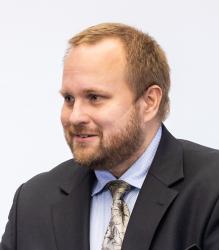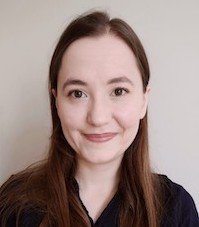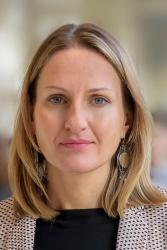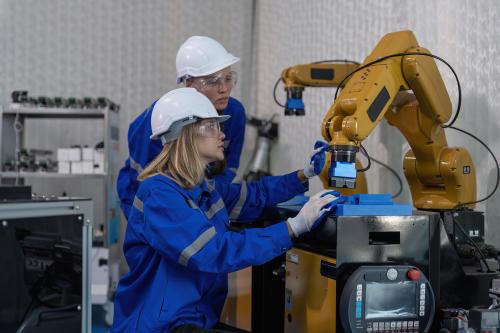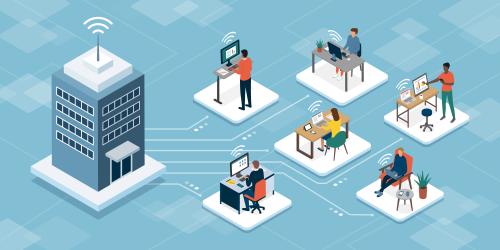This is a Brookings Center on Regulation and Markets working paper.
Abstract
We propose a “hardware–software” framework that offers a new perspective on the mechanisms of long-run economic growth. Based on first principles, it assumes that output is generated through purposefully initiated physical action. Production needs energy and information, provided by respective factors: hardware (“brawn”), including physical labor, physical capital and compute, and software (“brains”), encompassing human cognitive work and digital software, in particular artificial intelligence (AI). Hardware and software are essential and complementary in production, whereas their constituent components are mutually substitutable. The framework generalizes the neoclassical model with capital and labor, models with capital–skill complementarity and skill-biased technical change, and selected unified growth theories. We provide an empirical quantification of hardware and software in the U.S., 1968–2019, documenting a rising share of physical capital in hardware (mechanization) and digital software in software (automation); as a whole software has been growing systematically faster than hardware. Accumulation of human capital and digital software were the key contributors to U.S. economic growth. Looking into the future through the lens of the hardware–software framework, we expect full automation of production by transformative AI and an order-of-magnitude acceleration of economic growth.
-
Acknowledgements and disclosures
This research was supported by grants from the National Science Centre of Poland, OPUS 14 No. 2017/27/B/HS4/00189 and OPUS 19 No. 2020/37/B/HS4/01302. Other than the aforementioned, the authors did not receive financial support from any firm or person for this article or from any firm or person with a financial or political interest in this article. The authors are not currently an officer, director, or board member of any organization with a financial or political interest in this article.
